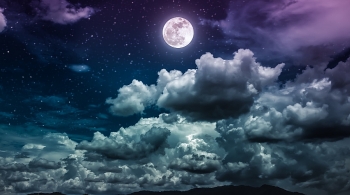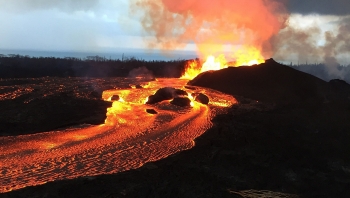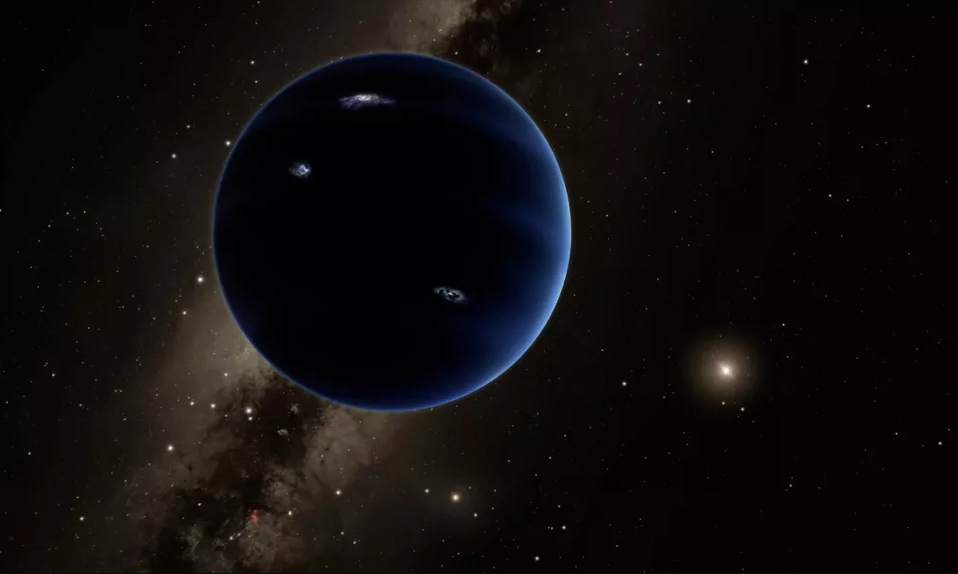FACTS about Full Wolf Moon in Late January 2021
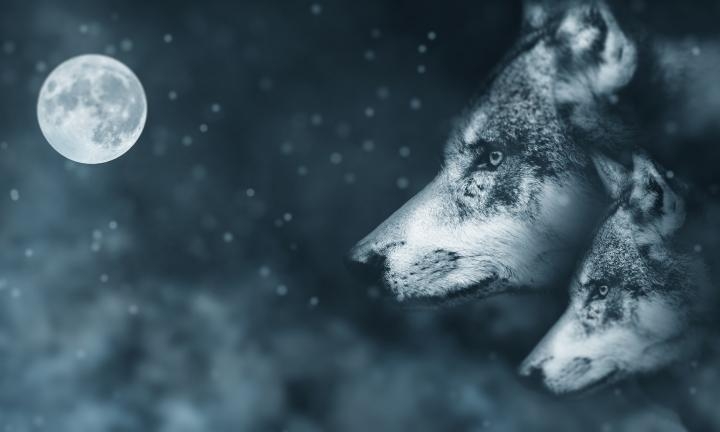 |
| Facts about Full Wolf Moon 2021. Photo: Old Farmer's Almanac |
The first Full Moon of the year is named after howling wolves. In some cultures, it was known as Old Moon, Ice Moon, Snow Moon, and the Moon after Yule.
When is the Full Wolf Moon in 2021?
Mark your calendars for the 2021 Full Moon. The 2021 Full Wolf Moon will be on Thursday, January 28, 2021, at 14:16 EST based on the data provided by NASA, according to Full Moonology.
The full moon that follows will be the Full Snow Moon in February.
Why the January Full Moon is called the Full Wolf Moon?
The full Moon names used by The Old Farmer’s Almanac come from a number of places, including Native American, Colonial American, and European sources. Traditionally, each full Moon name was applied to the entire lunar month in which it occurred, not just to the full Moon itself, says Almanac.
It’s thought that January’s full Moon came to be known as the Wolf Moon because wolves were more often heard howling at this time. It was traditionally believed that wolves howled due to hunger during winter, but we know today that wolves howl for other reasons. Howling and other wolf vocalizations are generally used to define territory, locate pack members, reinforce social bonds, and coordinate hunting.
Another fitting name for this full Moon is the Center Moon. Used by the Assiniboine people, it refers to the idea that this Moon roughly marks the middle of the winter season.
Other traditional names for the January Moon emphasize the harsh coldness of the season: Cold Moon (Cree), Frost Exploding Moon (Cree), Freeze Up Moon (Algonquin), Severe Moon (Dakota), and Hard Moon (Dakota).
What to Know about Full Wolf Moon this Year?
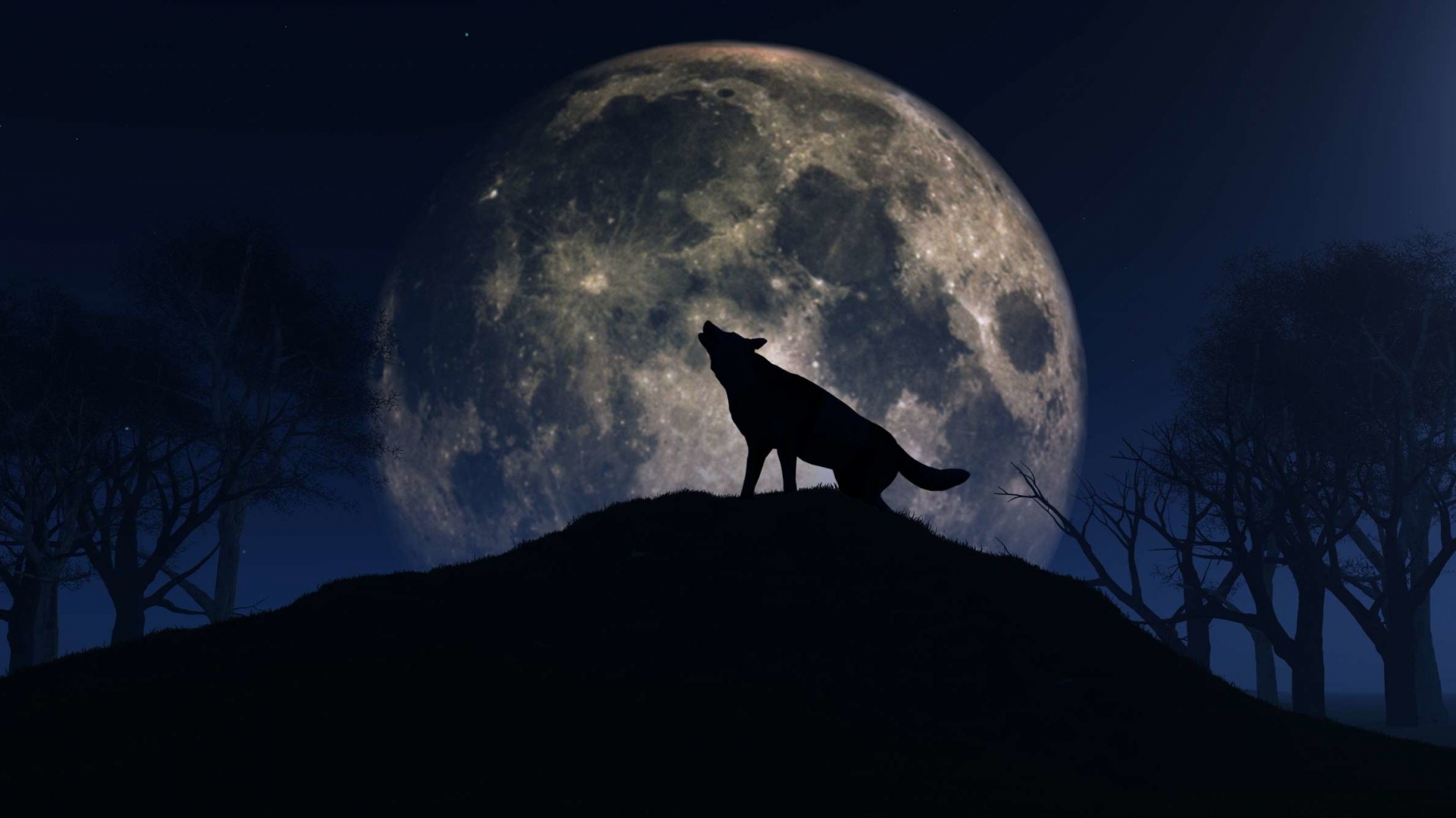 |
| Photo: Mental Floss |
In common usage, the moon is said to be full for a few to several days. To astronomers, however, the moon turns full at a well-defined instant: when the moon is directly opposite the sun (180 degrees from the sun in ecliptic longitude). That full moon moment comes on January 28, 2021, at 19:16 UTC. At North American and US time zones, that translates to January 28, at 3:16 p.m. Atlantic Standard Time (AST), 2:16 p.m Eastern Standard Time (EST), 1:16 p.m. Central Standard Time (CST), 12:16 p.m. Mountain Standard Time (MST), 11:16 a.m. Pacific Standard Time (PST), 10:16 a.m. Alaska Standard Time (AKST) and 9:16 a.m. Hawaiian Standard Time (HST).
In other words, the moon is astronomically full when the elongation between the sun and the moon equals 180 degrees. To find out how close the moon is to full, click on The Moon Tonight for the sun moon elongation. A positive number indicates a waxing moon and a negative number a waning moon, Earth Sky cites.
Because the noon will be more or less opposite the sun these next few nights, expect to see a full-looking moon in the east at dusk/early evening. Then watch for the moon to climb upward during the evening hours, and to soars to its highest point for the night at or around midnight. (By midnight, we mean midway between sunset and sunrise.) If you’re an earlier riser, look for the moon low in your western sky during the wee hours before sunrise.
From around the world, the full moon assumes the position of the sun for six months hence. These late January sunbeams in front of the constellation Capricornus, whereas the late January full moon shines in front of the constellation Cancer. For the Northern Hemisphere, the sun shines in front of the constellation Cancer in summer; yet from the Southern Hemisphere, the sun shines in front of the constellation Cancer in the winter.
The contrast between the path of the sun and the path of the full moon will be striking from both the Northern and Southern Hemispheres.
In the Northern Hemisphere, the full moon’s lofty path across the nighttime sky will resemble that of the summer sun across the daytime sky. At midnight, watch for the moon to soar way up high, like the noonday summer sun. North of the Arctic Circle, the moon stays out 24 hours around the clock, like the midnight sun of summer.
Yet, in the Southern Hemisphere, the full moon follows the low path of the winter sun. At midnight, the moon sits low in the northern sky, just like the noonday winter sun. South of the Arctic Circle, the moon remains below the horizon for 24 hours around the clock.
Do Wolves Howl at the Moon?The scientific community has no indication that the Moon phase plays any particular part in the calls of the wolf, but wolves are nocturnal animals, so they are in general more active at night. And wolves do howl in the direction of the Moon; they point their faces toward the sky for better acoustics, because projecting their howl upward carries the sound farther. |
Past January Full Moons 2015 to 2020
And here is a list of the January full moons that occurred from 2015 to 2020.
January has 31 days which means two full moons can happen in the month. When the dates align just enough, the month’s regular full moon is accompanied by a blue moon.
In the recent past, the 2018 Full Wolf Moon started off the year on January 1st. As a result, January 2018 also ended with a second full moon or the January 2018 blue moon.
Depending on where you are located sometimes a blue moon will occur in one timezone but not in another.
| Year | Day of the week | Past January Moons |
|---|---|---|
| 2015 | Sunday | January 4, 2015 23:53 EST |
| 2016 | Saturday | January 23, 2016 20:46 EST |
| 2017 | Thursday | January 12, 2017 06:34 EST |
| 2018 | Monday | January 1, 2018 21:24 EST |
| 2018 | Wednesday | January 31, 2018 08:27 EST (blue) |
| 2019 | Monday | January 21, 2019 00:16 EST |
| 2020 | Friday | January 10, 2020 14:21 EST |
Check out the calendar for all Full Moon in 2021 here!
|
The upcoming lunar event Last Full Moon or also known as the Cold Moon, which is the highest full moon of 2020, last full moon ... |
|
Kilauea – in Hawai’i Volcanoes National Park – is the most active of the five volcanoes that form the Hawaiian islands. Its most recent eruption ... |
|
A new study from Hubble Space Telescope suggested that there may be a planet spotted 336 light-years from Earth that could help solve the question ... |

